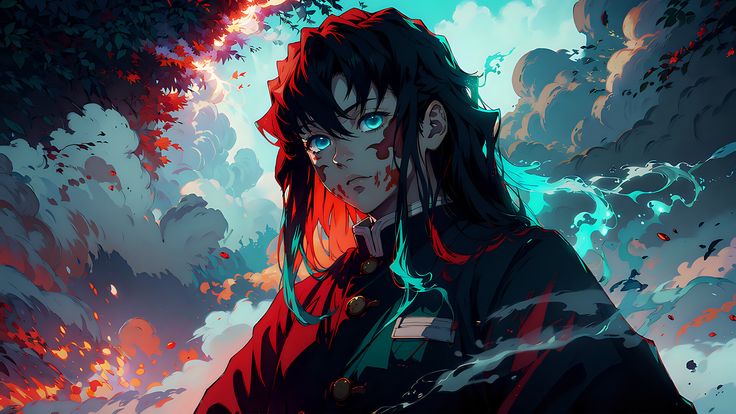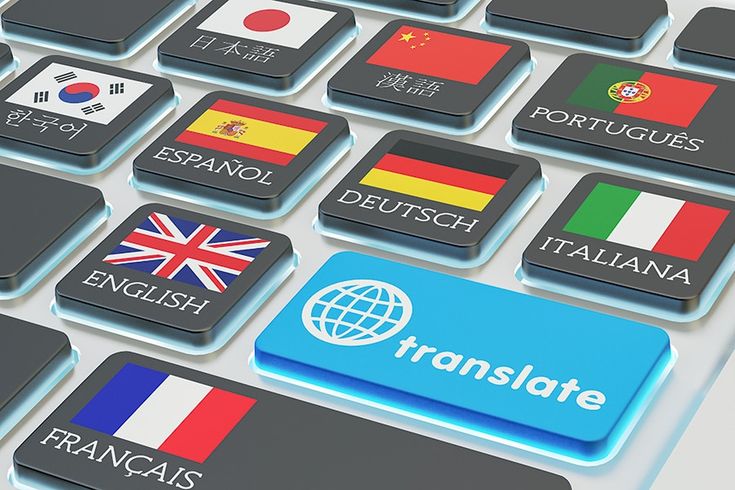
Angela Joseph
Dec 27, 2023
Challenges to Clarity: Manga Translation Guide - Unraveling Nuances
Manga Translation Guide
The increasing globalization of manga readership has led to the need for effective translation methods. Manga, once limited to Japan, has now become a worldwide phenomenon, with fans eager to explore diverse stories. Traditional human translation has been the go-to method to bridge the linguistic gap, emphasizing cultural understanding and linguistic finesse. However, advancements in AI technology have introduced automated processes that promise speed and efficiency in translating manga content into different languages.
In this blog, we explore the dichotomy of manga translation methods, discussing the challenges and nuances of both human and AI approaches. We delve into the intricacies of preserving cultural depth and visual subtleties, unraveling the complexities that have shaped the current landscape of manga translation. Join us on this journey to understand how the convergence of human expertise and technological innovation shapes our experience of manga in a growing global community.
Part 1: Manga Translation by Human
Human translation of manga requires skilled interpretation and conversion of the original content into the desired language. This approach considers cultural nuances, visual aspects, and the original tone and intention. It is valued for its ability to maintain the authenticity of the work, although it presents certain difficulties and intricacies.

Challenges and Nuances of Human Manga Translation
1. Cultural Understanding
Translators must grasp the cultural context and nuances of the manga to effectively convey jokes, puns, and wordplay.
2. Manual Effort
Human translation involves manually translating each panel and speech bubble, which can be time-consuming, particularly for longer manga series.
3. Linguistic Accuracy
Striking a balance between staying true to the original work and ensuring a natural flow in the target language presents a significant challenge.
4. Visual Elements
Paying meticulous attention to detail is necessary to preserve visual elements like sound effects (SFX) and cultural references in the translated version.
5. Cultural References
Navigating intricate cultural references is crucial for accurately conveying their essence in the translated version.
6. Artistic Sensitivity
Translators must possess a deep understanding of visual storytelling to maintain the emotional impact of the original artwork while adapting it for a new audience.
7. Time Constraints
Human translation is time-consuming, especially for lengthy manga series. Meeting deadlines while upholding quality becomes a major challenge.
8. Subjectivity
Interpreting dialogue tone, humor, and character traits is subjective. Ensuring consistency and authenticity across volumes can be difficult.
Part 2: AI Translation of Manga
AI-powered manga translation has emerged as a revolutionary alternative, leveraging machine learning and automation to overcome traditional challenges and nuances. AI in manga translation offers benefits such as improved accuracy, faster turnaround, and cost savings for industry professionals.
In this context, platforms like Ismanga are pivotal in reshaping the manga translation landscape. Ismanga combines cutting-edge AI technology with a user-friendly interface, providing readers with an immersive and seamless experience in exploring their favorite manga titles.

Challenges and Nuances of AI-Powered Manga Translation
1) Loss of Cultural Finesse:
AI may have difficulty capturing the intricate cultural nuances found in manga, which could result in a loss or distortion of the intended meaning. However, advancements in AI translation models have made significant improvements in recognizing cultural elements, reducing the risk of overlooking subtle nuances.
2) Visual Complexity:
The combination of images and text in manga poses a challenge for AI, as it may overlook visual cues and struggle to understand the emotions conveyed through artistic elements. Nevertheless, AI has recently made strides in enhancing its visual understanding, allowing for a more nuanced interpretation of artistic elements.
3) Idiomatic Expressions:
AI often faces challenges in understanding and accurately translating idiomatic expressions, wordplay, and humor, often taking them literally and missing the intended wit. Fortunately, recent developments in natural language processing (NLP) within AI systems have improved their ability to grasp and appropriately translate idiomatic expressions, reducing the likelihood of literal interpretations.
4) Contextual Understanding:
One of the challenges AI encounters is comprehending the sequential flow of panels and understanding the broader narrative context, which can lead to potential misinterpretations. However, recent updates in AI algorithms have focused on enhancing sequential comprehension, resulting in improved interpretation of narrative context.
Striking a Balance
In the evolving realm of manga translation, AI has proven its efficiency, offering a promising alternative. While human translation excels in capturing nuances, AI's quickness and accessibility make it a valuable tool.
As AI progresses, it creates a market opportunity, and platforms like Ismanga lead the way. By seamlessly combining AI's speed with human expertise, Ismanga envisions a future where manga translation is not only efficient but widely accessible, benefiting both translators and readers globally.
For an in-depth exploration of available AI out there for manga translators, check out our latest blog: The Ultimate Guide to Finding the Best Manga Translators.